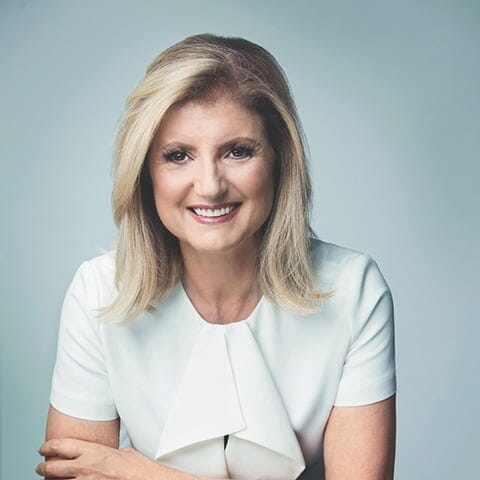 author
authorDiscover the Best Books Written by Henry Beston
Henry Beston (June 1, 1888 – April 15, 1968) was an American writer and naturalist, best known as the author of The Outermost House, written in 1928. Henry Beston Sheahan was born and grew up in Quincy, Massachusetts, with his parents, Dr. Joseph Sheahan and Marie Louise (Maurice) Beston Sheahan, and brother George, a doctor. Beston attended Adams Academy in Quincy before earning his B.A. and M.A. from Harvard College. While at Harvard, he lived at the historic Parson Capen House in Topsfield, Massachusetts.
In 1912, Beston took up teaching at the University of Lyon. In 1914 he returned to Harvard as an English department assistant. Beston joined the French army in 1915 and served as an ambulance driver. His service in le Bois le Pretre and at the Battle of Verdun was described in his first book, A Volunteer Poilu. In 1918, Beston became a press representative for the U.S. Navy. Highlights from this period include being the only American correspondent to travel with the British Grand Fleet and aboard an American destroyer during a combat engagement and sinking.
His second book of journalistic work, Full Speed Ahead, described these experiences. Following the end of World War I, Beston began writing fairy tales under the name "Henry Beston." In 1919, The Firelight Fairy Book was published, followed by The Starlight Wonder Book in 1923. During this time, he worked as an editor of The Living Age, an offshoot of The Atlantic Monthly. He also met his future wife, Elizabeth Coatsworth, a fellow author of children's literature with whom he had two daughters, Margaret and Catherine.
During this time, they lived at Hingham, Massachusetts, and at Chimney Farm in Nobleboro, Maine. The Outermost House, now considered a Cape Cod nature literary classic, was written after Beston spent what he called "a year of life on the Great Beach of Cape Cod." Spiritually shaken by his experiences in World War I, Beston retreated to the outer beach at Eastham in search of peace and solitude. "Nature is part of our humanity, and without some awareness of that divine mystery, man ceases to be man," Beston wrote.
Beston, who dedicated himself as a "writer/naturalist," is considered one of the modern environmental movement's fathers. The Outermost House has been called one of the motivating factors behind the establishment of the Cape Cod National Seashore. Author Rachel Carson said Beston was the only author who ever influenced her writing.
Beston married writer Elizabeth Coatsworth in 1929, and the couple eventually bought a farmhouse called "Chimney Farm" in Nobleboro, Maine. Beston wrote several more books while living in Maine (Northern Farm and Herbs and the Earth among them), but he never again approached the widespread acclaim he achieved in The Outermost House.
In the 1940s, Beston received honorary doctorates from Bowdoin College, Dartmouth College, and the University of Maine and was made an honorary member of Phi Beta Kappa at Harvard. He was also made honorary editor of National Audubon Magazine. In 1949, a twentieth-anniversary edition of The Outermost House was released. Beston also edited an anthology of writings about Maine, White Pine, and Blue Water (1950).
Beston regularly lectured at Dartmouth College and wrote for publications like The Atlantic and Christian Science Monitor throughout the 1950s. He also revised his earlier work in children's literature and published Henry Beston's Fairy Tales in 1952. He was elected a Fellow of the American Academy of Arts and Scienceswidespreadn 1954. In 1959, he was the third recipient of the AAAS Emerson-Thoreau Medal, previously awarded to only Robert Frost and T. S. Eliot.
Best author’s book






















